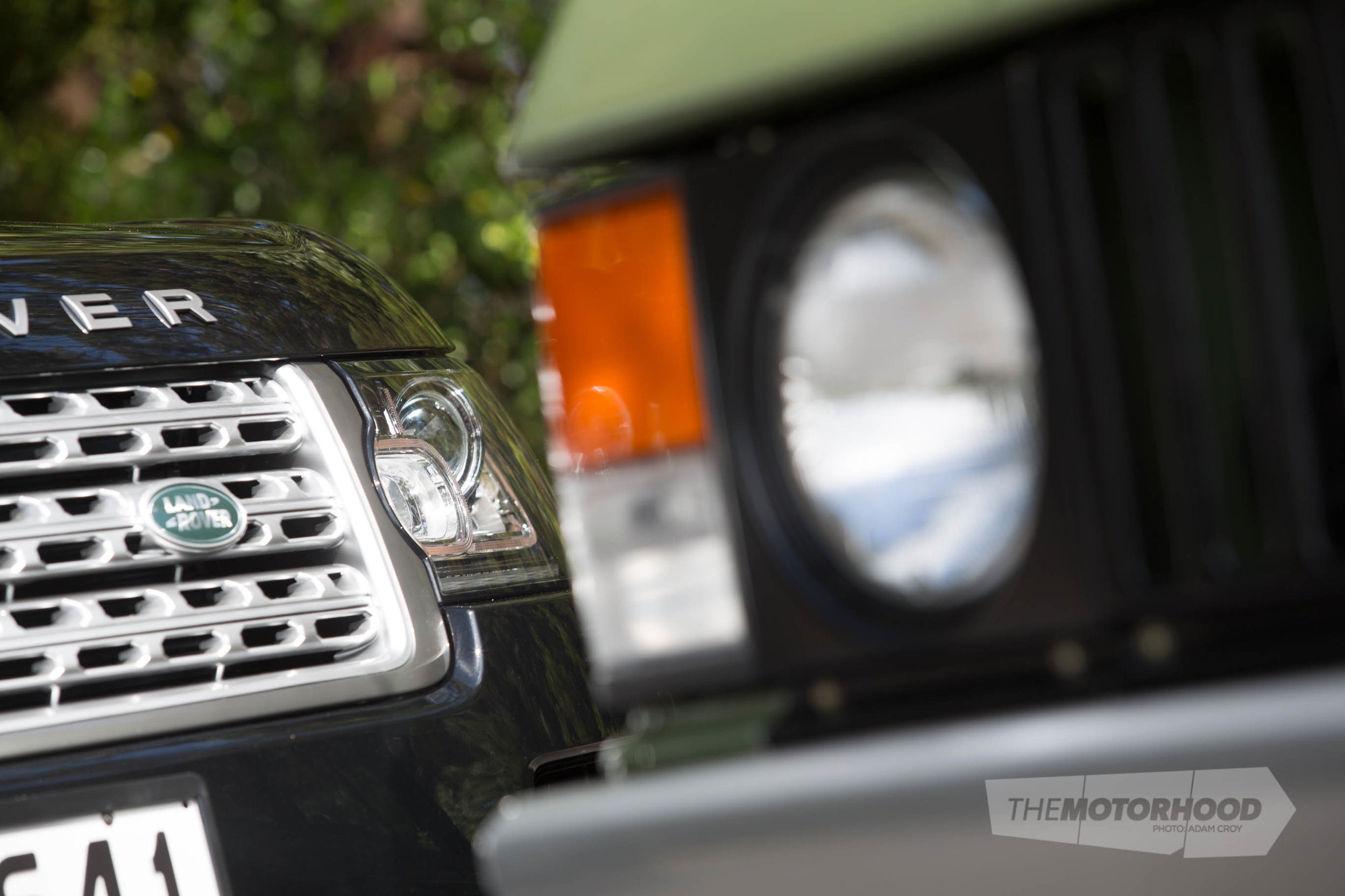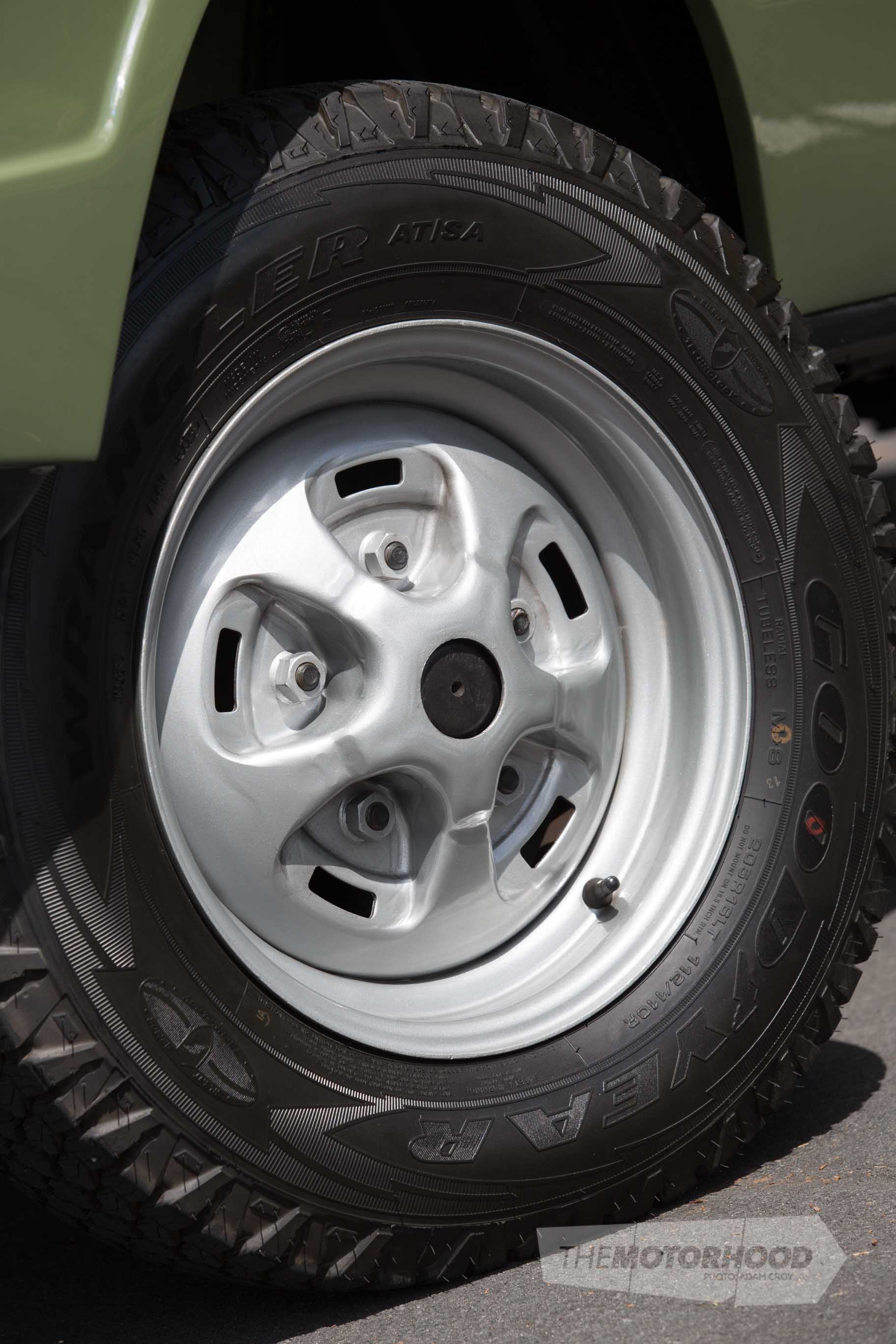Trucks today are no longer simply tools to be used and abused. For the most part, they’re family-friendly, they’re often at the top of the heap in terms of what a manufacturer offers, they’re usually luxurious, they can be fast, and they can be cool.
We now see utes and 4x4s equalling and bettering sales records previously long-held by sedans and hatchbacks, and with this in mind we thought it was a good opportunity to explore where all this came from.
We look at a desire for more space, a higher ride, and the capability to go to the back of beyond when, in reality, we all know the closest these chariots of sports equipment, excessive DIY purchases, and seven seats will generally see of any type of off-roading is occasionally mounting the kerb outside the local intermediate school, while a child does a tumble roll out the back door before the leather-laden space ship rushes to get to that 9am hot yoga class.
Have a look at a few additional photos that didn’t make it into the feature about these machines in the December issue of New Zealand Classic Car (Issue No. 312) — grab your copy below to read the full story.























